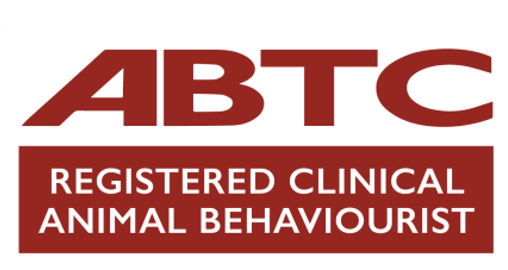There’s nothing better than being reunited with your pooch when you’ve been away; and You Tube is awash with such tear-jerking moments as the dog greets his owner. While there is plenty of anecdotal evidence to suggest that dogs recognise their owners faces, research has now proven it to be true. Using an fMRI scanner, Gregory Berns and his team at Emory University in Atlanta collected the first evidence for a face-selective region in the temporal cortex of dogs.
The unique bond between man and dog is thought to date back as far as 10,000 to 15,000 years, and this latest research suggests that cognitive evolution has enabled the dog to develop a hard-wired ability to process human faces. This enables man’s best friend to be acutely sensitive to our expressions and subtle cues, so it could be said that it helps them to read us humans ‘like a book’. And this can have an impact how we train and live with our dog.
In previous research, Berns and his team from the Dog Project at Emory, identified the caudate region of the dog’s brain as a reward centre, and showed how that region responds more strongly to scents of familiar humans as well as familiar dogs.
This latest discovery that dogs have an innate way to process faces in their brains, according to Berns, is a quality “that has previously only been well-documented in humans and other primates.” The results of this study, published in Peer J journal, involved eight dogs. The dogs were shown a number of static and video images of faces on a screen whilst remaining still in the fMRI scanner. Of the eight dogs trained to pay attention to the screen (while undergoing fMRI), only six were able to hold their gaze for at least 30 seconds – enough time to make this research possible.
Although this research involved a small sample group, the same region within each dog’s brain responded to the images with more attention given to films of humans and dog faces rather than objects. Berns says of this special region referred to as the ‘dog face area’, that if dogs’ response to faces was learned (for example by associating a human face with food) you would expect to see a response in the reward system of their brains. However this research found this was not the case.
So why are dogs able to recognise human faces?
One hypothesis is that distinguishing faces is important for any social creature. Daniel Dilks, a co-author of this study, says: “Dogs have been living with humans longer than any other animal. They are incredibly social and not just with other members of their pack, but across species. Understanding more about canine cognition and perception may tell us more about social cognition and perception in general.”
Food for thought for every owner who returns from their holiday this summer and is greeted with ecstatic fervour from their four-legged friend!
Learn more about our classes

Get Hanne's Book
Playing With Your Dog will help any dog owner work out the games that are best suited for their pet to play throughout his life, from puppyhood to old age. The book also shares some tricks for all ages, group activities, and recommended toys that dogs will enjoy.
























